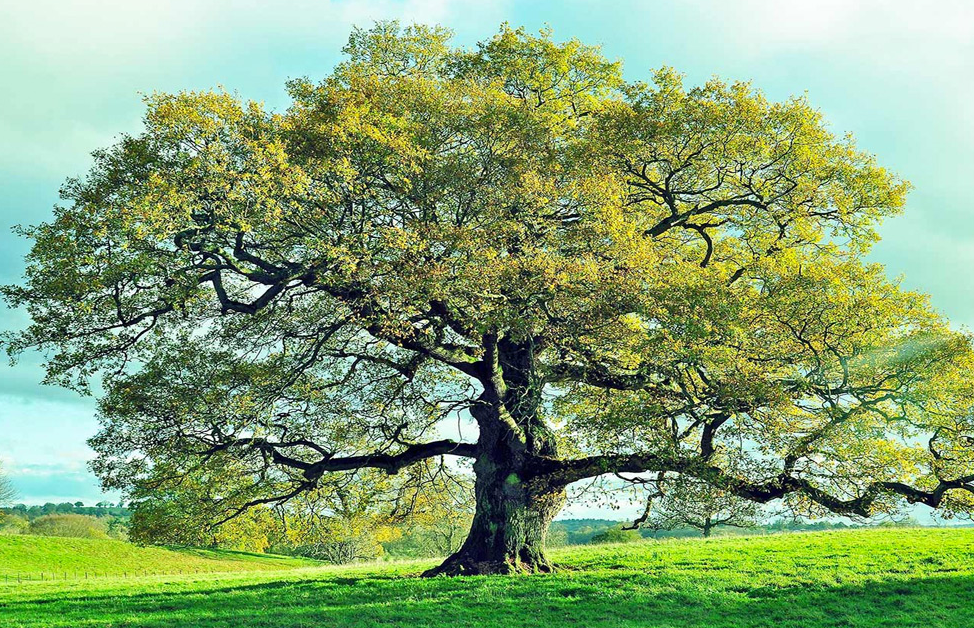Welcome to an in-depth exploration of Cambodia National Tree, Borassus flabellifer. In this article, we will delve into the significance of national trees, introduce you to this remarkable species, provide taxonomic information, discuss its distribution and habitat, highlight cultural importance and uses, examine conservation efforts, and conclude with key takeaways. So, let’s embark on this journey to discover the wonders of Borassus flabellifer.
In the lush landscapes of Cambodia, the national tree is Borassus flabellifer, commonly known as the Asian Palmyra palm or Toddy palm. This majestic palm species holds a special place in the hearts of Cambodians, and its significance transcends boundaries.
Taxonomy and Description of Cambodia National Tree
Kingdom and Division
Borassus flabellifer belongs to the Plantae kingdom and the Magnoliophyta division. This classification aligns it with a wide range of plants, emphasizing its botanical relationship.
Order and Family
Within the classification system, Borassus flabellifer falls under the Arecales order and the Arecaceae family. This places it among other notable palms with shared characteristics.
Morphology and Characteristics
The Asian Palmyra palm is characterized by its tall and slender trunk, which can reach heights of up to 30 meters. Its leaves are fan-shaped, imparting a distinctive appearance to the tree. The fruit of Borassus flabellifer, known as “taal,” is a vital component with various applications.
Distribution and Habitat
Borassus flabellifer thrives in tropical and subtropical regions, primarily found in countries such as Cambodia, India, Sri Lanka, Thailand, and Bangladesh. In Cambodia, it finds a favorable habitat in lowland areas and is commonly encountered near water sources like rivers and ponds.
Cultural Importance and Uses of Cambodia National Tree
Traditional Uses
The Asian Palmyra palm has been an integral part of Cambodian culture for centuries. Its leaves are used for weaving intricate baskets, mats, and hats, showcasing the exceptional craftsmanship of the locals. The fruit serves as a significant ingredient in traditional cuisine and also finds its place in various religious ceremonies.
Economic Importance
Beyond its cultural significance, Borassus flabellifer contributes to Cambodia’s economy. The tree’s sap is tapped to produce sweet toddy, which is then processed into sugar, syrup, or fermented to make a refreshing alcoholic beverage. Additionally, the timber, leaves, and other parts of the tree are utilized in construction, handicrafts, and other industries.
Conservation Efforts and Challenges for Cambodia National Tree
Threats to Borassus flabellifer
Like many natural treasures, Borassus flabellifer faces threats to its existence. Unsustainable agricultural practices, deforestation, and urbanization encroach upon its natural habitat. Additionally, climate change and the illegal trade of its products pose significant challenges to the survival of this iconic species.
Conservation Initiatives
To safeguard the future of Borassus flabellifer, conservation initiatives have been implemented in Cambodia. These efforts focus on raising awareness, promoting sustainable practices, and establishing protected areas for the preservation of this invaluable national tree.
Conclusion
Cambodia’s national tree, Borassus flabellifer, stands tall as a symbol of the country’s rich heritage and natural splendor. Its cultural significance, economic importance, and conservation efforts highlight the integral role this majestic palm plays in the lives of Cambodians. By understanding and appreciating the wonders of Borassus flabellifer, we can contribute to its preservation and celebrate the diversity of our natural world.
FAQs
1. What is the national tree of Cambodia?
The national tree of Cambodia is Borassus flabellifer, also known as the Asian Palmyra palm or Toddy palm.
2. Where is Borassus flabellifer commonly found?
Borassus flabellifer is commonly found in tropical and subtropical regions, including Cambodia, India, Sri Lanka, Thailand, and Bangladesh.
3. What are the traditional uses of Borassus flabellifer?
The leaves of Borassus flabellifer are used for weaving baskets, mats, and hats, while its fruit is utilized in traditional cuisine and religious ceremonies.
4. How does Borassus flabellifer contribute to Cambodia’s economy?
Borassus flabellifer contributes to Cambodia’s economy through the production of sweet toddy, which is processed into sugar, syrup, or alcoholic beverages. Its timber and other parts are also utilized in various industries.
5. What are the conservation efforts for Borassus flabellifer?
Conservation initiatives for Borassus flabellifer in Cambodia focus on raising awareness, promoting sustainable practices, and establishing protected areas to ensure its survival.
References:
- National Symbols of Cambodia. (n.d.). Ministry of Tourism Cambodia. Retrieved from https://www.tourismcambodia.com/about-cambodia/national-symbols.htm
- Flora of Cambodia Checklist. (n.d.). Royal Botanic Gardens, Kew. Retrieved from http://apps.kew.org/wcsp/advsearch.do?plantName=Borassus
- Borassus flabellifer. (n.d.). The Plant List. Retrieved from http://www.theplantlist.org/tpl1.1/record/kew-268089
- Van Welzen, P. C., & Prasetyo, B. E. (2013). A revision of Borassus L. (Arecaceae). Blumea – Biodiversity, Evolution and Biogeography of Plants, 58(3), 197-229. doi:10.3767/000651913X674096

